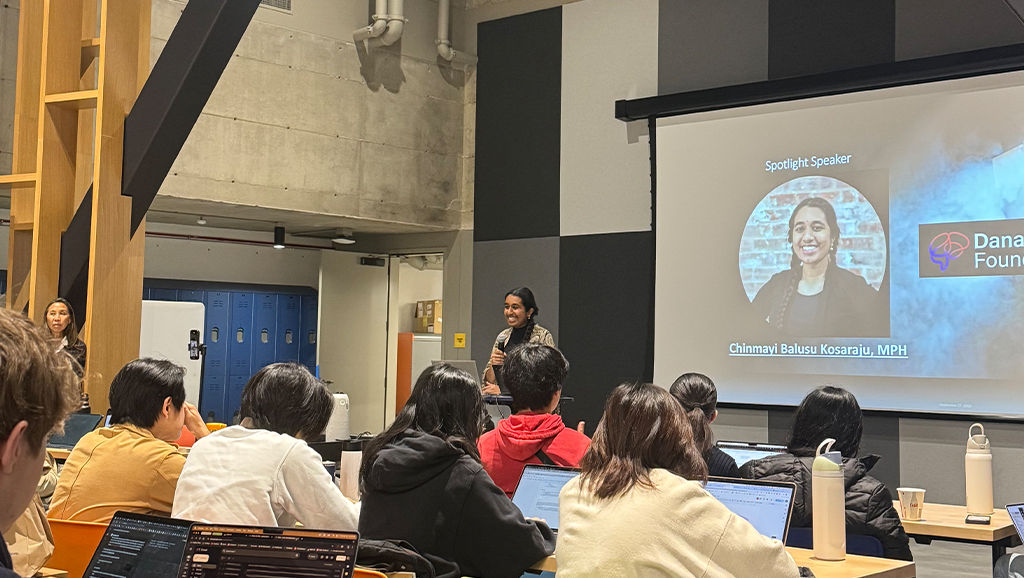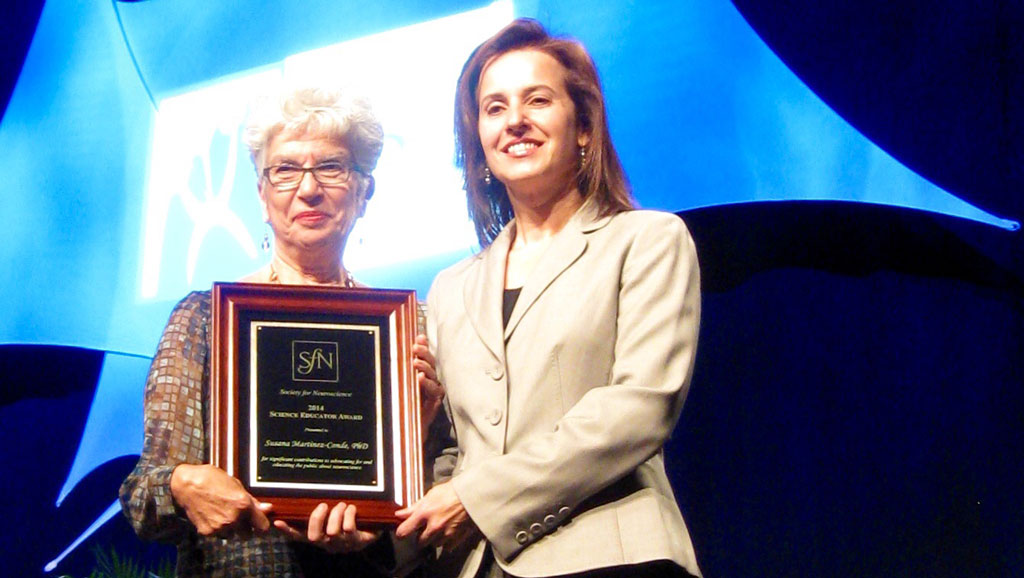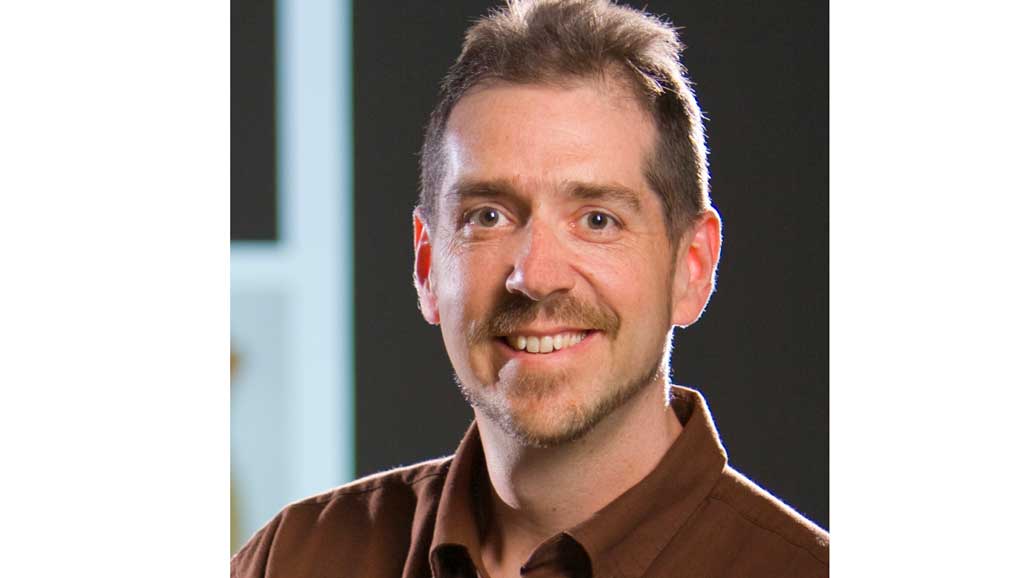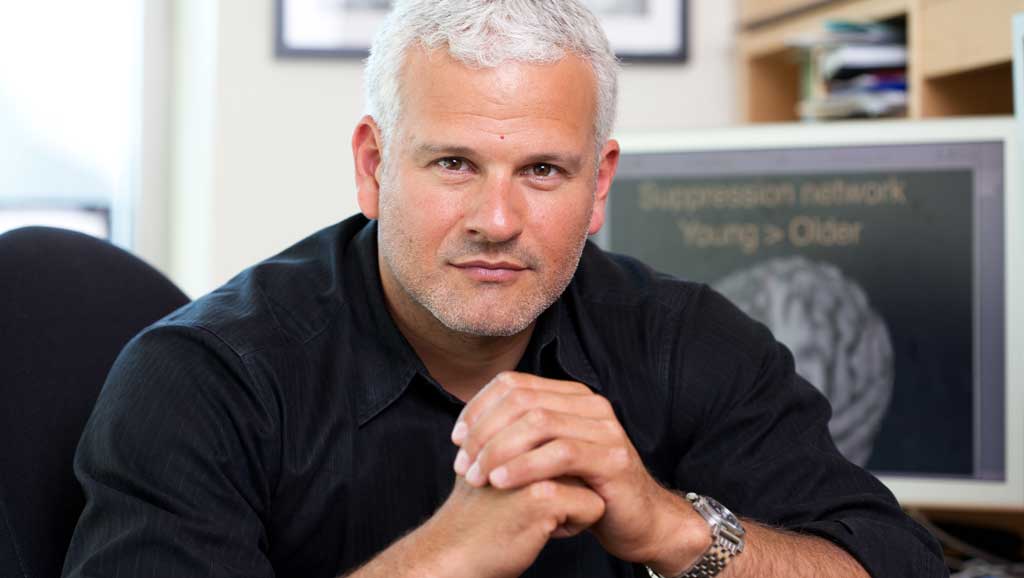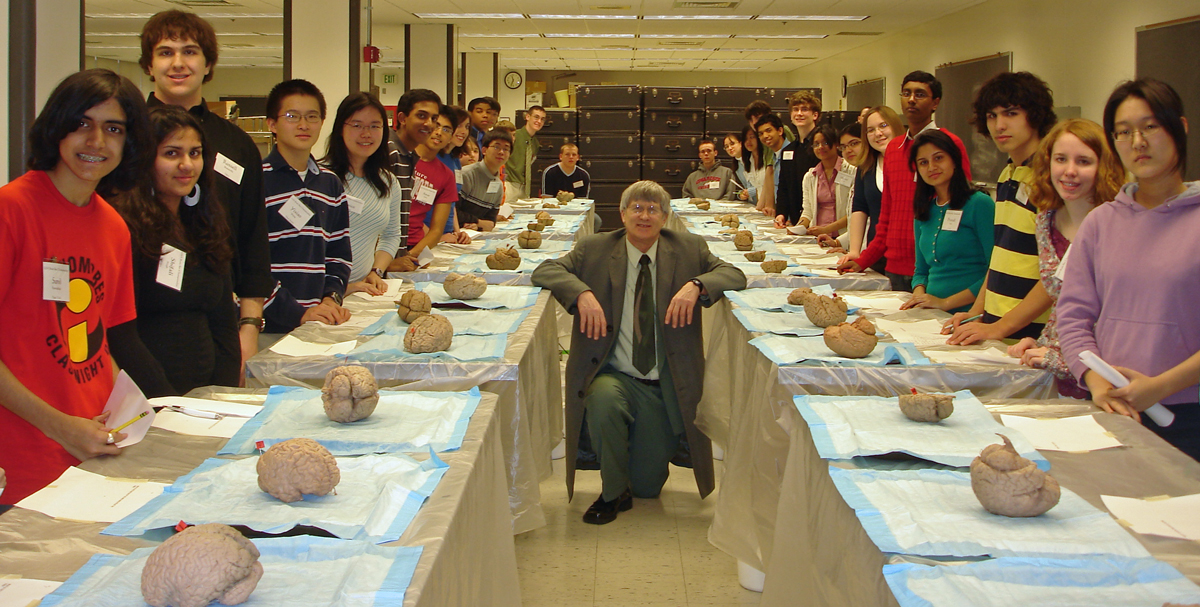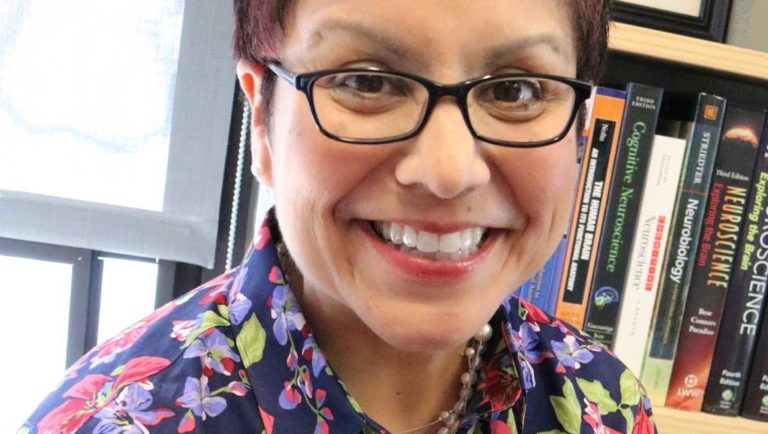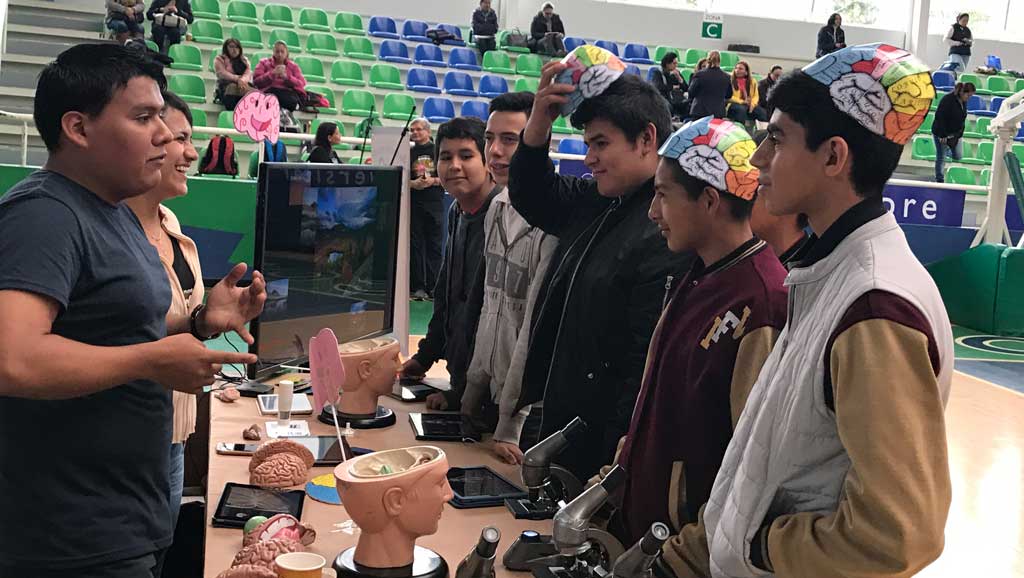News & Insights
Can Social Prescriptions Improve Cognitive and Mental Health?
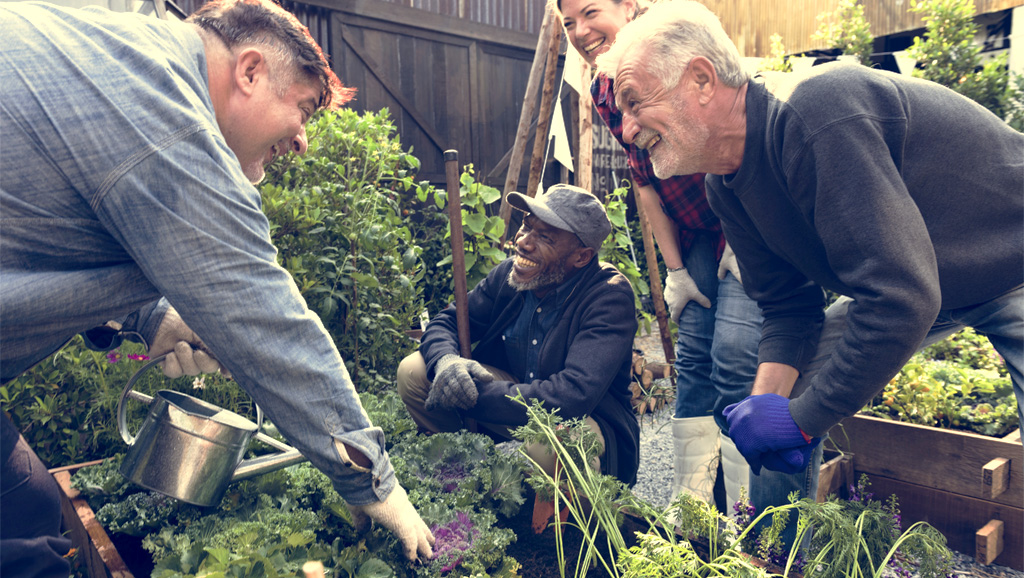
At the Los Angeles VA Hospital, UCLA neurologist Indu Subramanian, M.D., connects veterans living with Parkinson’s disease with one another to combat loneliness and isolation, a leading cause of suicide in the high-risk population.
In Brooklyn, NY, artist Gillion Fallon is using an Atlantic Fellowship grant to pilot a “nature prescription” encompassing guided art walks in Prospect Park for people with cognitive impairment, in partnership with the New York Memory Center and local artists.
In Salt Lake City, Lennie Knowland leads a team of mental health counselors who are connecting “people to people, not people to resources,” using one-on-one personalized care to get people the services they need to get well, from food or housing support to childcare so they can go to group therapy.
And at the Cleveland Clinic, the first question geriatric specialist Ardeshir Hashmi, M.D., has for his patients is not “what’s the matter with you?” but “what matters to you?”
Each of these efforts—and thousands more in communities around the world—are part of a nascent global movement called social prescribing, even though they may not all call it that. The concept is to harness non-medical, community-based interventions to address health needs that may be rooted in social conditions. Social determinants of health are increasingly recognized as both a cause of and potential solution to much of the global burden of disease and disability, including neurological and psychological disorders.
“Social prescribing provides a concrete tool and next step for addressing social determinants and health equity,” says Kate Mulligan, assistant professor of public health at the University of Toronto. Mulligan led one of the first formal social prescribing efforts in Canada, funded through the Ontario government, and directs the new Canadian Institute for Social Prescribing. “I think there’s an appetite and a readiness in healthcare that might not have been there even pre-pandemic. People recognize that this is something that can help their clients, patients, and communities.”
The Case for Connecting
While it can be applied to all manner of health concerns, social prescribing may be particularly well suited to maintaining cognitive health and mental well-being. Social connectedness, engagement with the world, and finding meaning and purpose in one’s life—core attributes of many social prescriptions—are fundamental tenets of lifelong brain health.
Social connectedness is itself an important determinant of mental health. A review of 66 studies published in October 2022 concluded that social connectedness “protects adults in the general population from depressive symptoms and disorders.” The authors said the results support efforts to improve clinical detection of high-risk patients, including lonely adults who have low social support.
Across its myriad variations, social connectedness is a key pillar of social prescribing, as it is for mental health and healthy aging. Could social prescribing move the needle on our burgeoning public health crises for which quick and easy solutions are nowhere on the horizon?
Aiming at the ‘Upstream’ Cause
Public health efforts have increasingly focused on health-related social needs (HRSNs) such as food insecurity, lack of transportation, or financial strain to reduce the burden of disease and rein in healthcare costs. A recent study of Medicare Advantage enrollees found consistently strong associations between the presence of HRSNs and the use of acute-care facilities, including emergency visits and hospital stays. The more HRSNs an enrollee had, the stronger the association was with acute care. While the findings do not provide evidence of cause and effect, the authors noted that the idea that addressing HRSNs will reduce utilization “is supported by evidence that interventions targeting HRSNs can improve health outcomes and produce health care savings by reducing ED visits and hospitalizations.”
“Social prescribing isn’t one coherent, individual thing. It’s an idea,” says Kerryn Husk, a health services researcher at the University of Plymouth in the U.K., who was the anchor author on a recent paper in BMJ Global Health on the state of social prescribing worldwide. “The way that that idea has been interpreted is quite different in different places.”
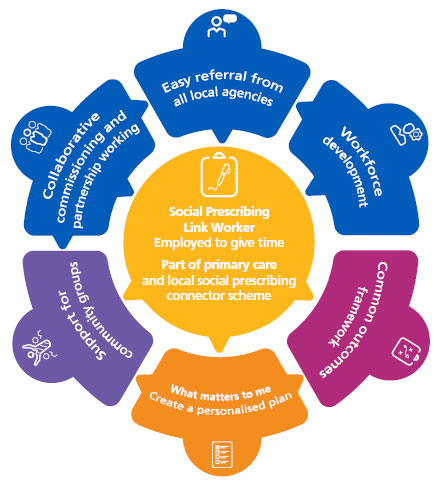

A standard model of social prescribing, from NHS England
A prescription for someone with mild to moderate depression, for example, might be to join a nature walk group or a pottery class. For someone with mild cognitive impairment, the prescription might be singing or painting. It might help people meet specific medical needs, such as self-management training for Type 2 diabetes, or help with daily living, including housing, food, transportation, or employment services, to name a few. It might mean arranging for an isolated senior who loves to cook to volunteer preparing meals at a local food bank.
The Challenge of Loneliness
Social isolation and its psychological sister, loneliness, are recognized as critical drivers of ill health and are key targets of social prescribing. US Surgeon General Vivek Murphy declared loneliness a public health crisis, highlighting its links to increased risk of heart disease, dementia, depression, anxiety, sleep disturbances, and premature death. Loneliness is more than social isolation, Murthy emphasizes. Rather, he says it’s the quality of the connections that matter.
Could social prescribing provide the depth of meaningful connections that is needed to counter health-defeating loneliness? A recent meta-synthesis of qualitative studies interviewing people being served through the U.K. system suggests the answer is a resounding “sometimes.” Filling a healthcare provider’s scrip for “genuine friendship” may in practice be met with profound obstacles of stigma, shame, or lack of healthy relationship skills—all of which underscore why the “link worker” is so critical to the system.
Linking Up
The U.K. instituted social prescribing as policy in 2018 as part of its National Health Services’ long-term plan, drafted in part to address a critical shortage of general practitioners (GPs). In the U.K. plan, link workers form the critical connection between a doctor’s referral and relevant community resources. The goal is to pair a link worker with each GP practice in the country.
Social prescribing syncs with the UK’s move toward personalized care, Husk says. “Instead of treating the symptoms, you treat the person. You say, ‘What’s going on in your life that we can help with?’ Social prescribing is the absolute epitome of that. You’re spending time with that individual to find out what is it about their life that they want to change. How can the things in the local community help them do that?”
The link worker is the lynchpin of the model, says Alison Fixsen, a qualitative researcher who studies social prescribing at the University of Westminster, where some of the first social prescribing programs began in the early 2000s. “The link worker is an expert in interventions to promote healthy behavior change and, just as importantly, knows an awful lot about what’s going on in the local area,” she says.
Link workers don’t just point people to resources. They find out what’s important to the patient, what’s happening in their lives, what they’re struggling with, what brings them joy and purpose. With the patient’s input, the worker formulates a social prescription that might include any number of activities tailored to them, considering their health status, abilities, and the resources at hand. Link workers help with logistics, maybe even accompanying a person on their first visit. They follow up consistently to troubleshoot and track attendance. They readjust the scrip as necessary along the way, active and attentive to each person’s progress. At least, that’s the ideal.
This kind of work is not new. Social workers, case managers, and community health centers, among others, were doing it long before anyone called it social prescribing. What’s new, as Mulligan sees it, is in the deliberate connection to healthcare, and—in a perfect world—a means of tracking the impact on people’s health and well-being and use of health services.
Where’s the Evidence?
The impact-tracking piece of social prescriptions has lagged behind the interventions themselves. In the U.K., the Tory government funded social prescribing before there was strong evidence for its effectiveness as a system, leading to criticism and politicization of the effort. Attention to the science is needed to guide best practices. “There is reason to be very optimistic and to think about its potential and the benefits it may have, but we need good evidence alongside it being rolled out,” Husk says.
Currently, the evidence confirms individual bits of the social prescribing framework. ”You can’t just ask: Does it work?” says Husk, who is studying nature prescriptions under U.K. health ministry grants. “You have to ask: Which bit is working for whom in what ways?” In an interview, Husk said there is some evidence that primary care and family doctors are more likely than they were in the past to talk with people about mental health symptoms, a critical first step to getting help. There is qualitative evidence that link workers can be beneficial because they have more time than a family doctor and engage with people on a deeper level, but little data that connects those benefits to better health outcomes or cost savings. Perhaps the strongest evidence in the social prescribing pipeline is for the interventions at the end point of social prescribing, the prescriptions themselves—when people get to them. Nature-based interventions, for example, have well-documented mental-health benefits, as do arts and music therapies, volunteering, and other programs that connect people.
Less is known about the social prescribing pathway as a whole and its effects on health and healthcare use. “Packaging it in this particular way as a pathway is still a relatively novel intervention,” Mulligan says.
Fixsen, who has interviewed scores of people along all points of the social prescribing pathway, says the qualitative evidence shows clear benefits for all parties. “What came through was that this was very important to people, that in this day and age, they could go and see somebody and talk through what they actually wanted in terms of improving their health. I think that’s where the evidence lies.”
“If you put those bits of evidence together, you start to get this patchwork framework of how social prescribing might be working for some people in some ways,” Husk says. “We know that it can help people. We know there are good positive impacts on mental, physical, and social well-being. And there are also some hints that where that’s the case, it may be beneficial economically.”
While much of that evidence is tentative, Husk says the number high-quality studies is increasing, including one published in JAMA in 2021 showing a moderate positive impacton glycemic control for people enrolled in a diabetes self-management training.
The Canadian Institute for Social Prescribing, which Mulligan directs, aims to help fill the gaps, starting with a commissioned review of the state of the science to identify shortcomings and move the field forward. In the U.K., Husk says the National Institute for Health Research is funding a prospective clinical trial on green prescribing, now in feasibility stage. The British government is also funding a scale-up study on nature prescriptions and ongoing evaluations of the link worker role.
Could it Work in the US?
Social prescribing also has picked up in parts of Canada, Australia, Singapore, and elsewhere. But can it work in the United States, with its notoriously inefficient for-profit healthcare system and lack of political will to rein in costs through a top-down approach? So far, US efforts have been piecemeal—grassroots, bottom-up initiatives that tap into community-based programs, some of which are longstanding and well-documented. One example is The Pheonix, which centers peer connection through fitness and sports to help people heal from addiction. Its events and programming have reached 162,000 people in 45 states, according to its website.
Few of these programs call what they do social prescribing per se. At least not yet.
Indu Subramaniam, the UCLA neurologist, is one who does, loosely—but really she’s just trying to keep veterans with Parkinson’s from being lonely and isolated, primary risk factors for suicide in a high-risk population. Cleveland Clinic’s Ardeshir Hashmi uses the term now, after being introduced to the concept a year ago and instantly realizing it’s what he does, organically, with his geriatric patients.
Hashmi is part of a fledgling US-based social prescribing network—an offshoot of an international group started in 2015—that is trying to pull together interested stakeholders and disseminate best practices. At its helm is Dan Morse, a tech entrepreneur who stumbled upon social prescribing when he was writing about loneliness during the pandemic and now is one of its biggest advocates on this side of the pond.
Others resist the term “prescribing” altogether. Jennifer Nicolaisen, founder and executive director of SeekHealing, an organization that provides community-based social health interventions to reduce drug overdoses, depression, and suicide, thinks it might be counterproductive in some situations due to the traditional power-based dynamics ubiquitous in the medical model. She contends that the element of “mutuality,” free of hierarchy or paternalism, is essential for meaningful human connection.
Whatever you call it, funding is a primary barrier to systematic broad dissemination of social health programming, in the US as elsewhere. As long as programs like these rely on a voluntary community sector that is almost universally under-funded, their impact is likely to remain local and tenuous. “There has to be some resourcing there,” Mulligan says. “These groups need money, people, time, and places to facilitate the activities that people require.”
Recent changes to Medicare policies may help—a little, for a select subgroup. Waivers that allow certain plans to experiment with ways to achieve health outcomes in some populations are a step in the right direction, perhaps opening the door to insurance reimbursement for social prescribing in the US.
Accountable care, with its focus on health outcomes, may push the envelope in the direction of social prescriptions for addressing health conditions rooted in socioeconomic inequities. “People who are experiencing homelessness or are unhoused will keep going to the ER, unless you deal with more of those fundamental determinants of health,” says Mulligan. “You start to recognize that you’re not going to move the needle on their health outcomes unless you address their social determinants of health.”
That kind of refocus may require a cultural shift on a societal level that moves beyond the biomedical model of disease—no small challenge for a healthcare system entrenched in the status quo. When he was a medical student, Hashmi says, “We were taught to prescribe pills and do surgery. We weren’t taught this. If you think of it as an add-on, you’ll never get to it.”
Mulligan sees hope in the next generation of doctors. New graduates “are asking for this, and wanting it and well-versed in it,” she says. “They’re ready for this.”
Recommended Reading

Congressional Briefing on Breakthroughs in Addiction Research
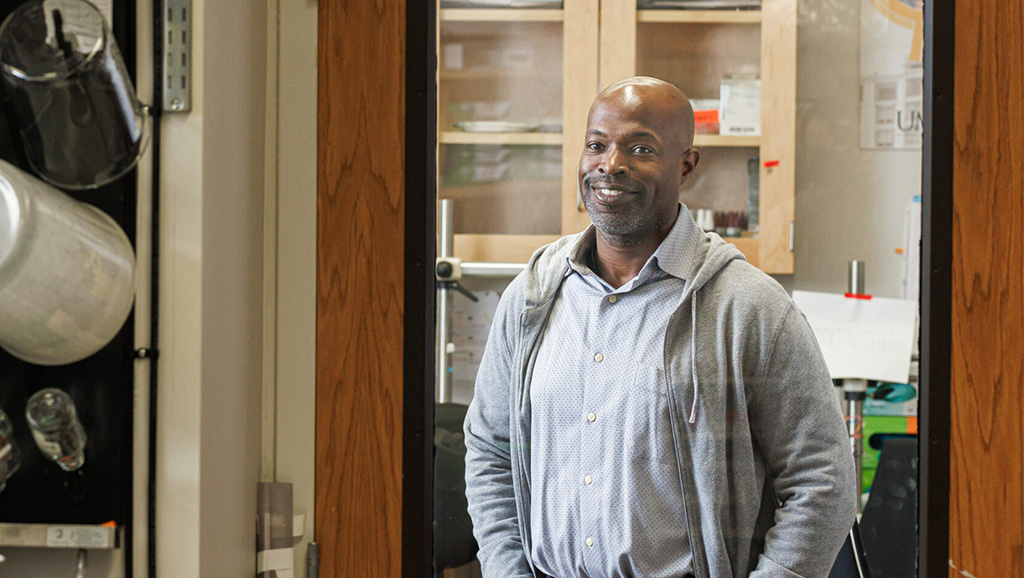
Kafui Dzirasa: Innovating Neuroscience for Equity and Mental Health Impact
